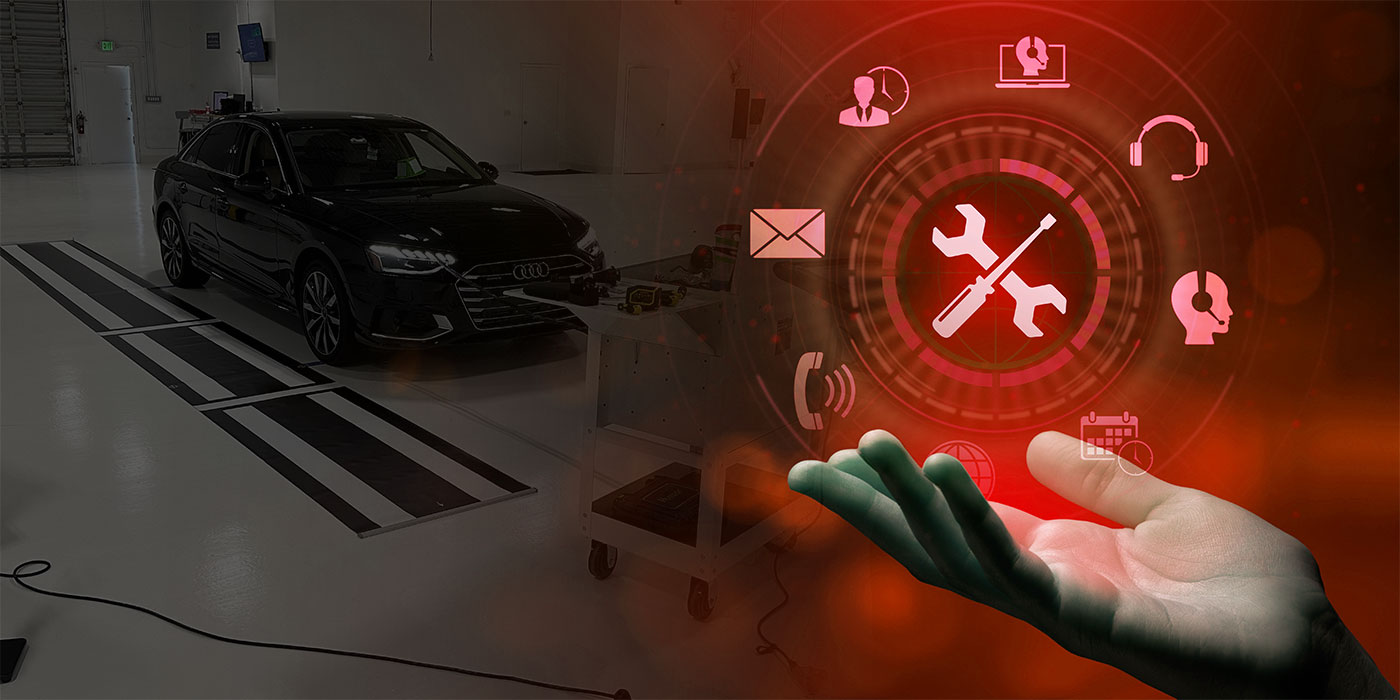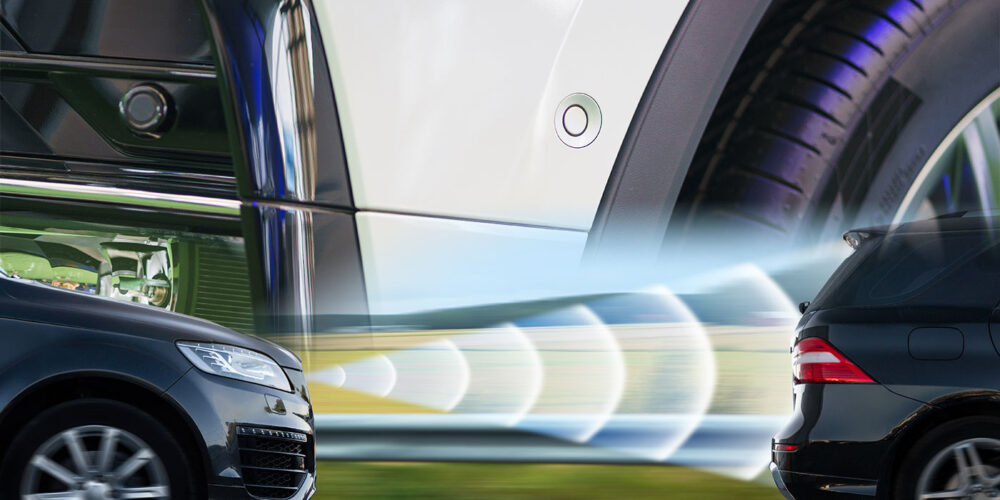The use of aluminum in vehicle manufacturing goes all the way back to a time when vehicles were built by hand and craftsmen needed a soft material that could be easily worked and had the strength to retain the shape it was formed into. Since those days, vehicle manufacturing has come a long way – the ways in which a vehicle’s parts are fastened and assembled, as well as the materials that make up those parts have evolved.
Due to demands for better fuel economy, manufacturers in recent years have looked at ways to reduce the weight of vehicles by using lightweight, high-strength materials such as high-strength steels (HSS), ultra high-strength steels (UHSS) and even boron. As the result of introducing new electronic systems, plush interiors and a slew of new features that have added to vehicles’ total weights, manufacturers have pushed these lightweight steel materials to their limits.
Lose Some Weight
In an effort to reduce vehicle body weight, some manufacturers have employed lightweight aluminum for outer cosmetic components such as hoods, fenders and even doors. This allows vehicles to shed pounds off their body weight and still retain the crash safety standards that comparable steel components provide.
In many cases, bolts on body panels are the easiest parts for a manufacturer to replace with aluminum. Bolts provide some definite benefits beyond the body weight factor that make them attractive:
• Easy galvanic corrosion prevention measures when fastening aluminum panels to a steel structure.
• Replacement of components can be done simply by removing and installing bolts.
• Part replacement is the most common type of repair.
It’s Complicated…Not!
Repairing dents in exterior aluminum panels isn’t difficult, but different repair methods have to be employed to work successfully with the softer aluminum material. Prior to beginning repairs on a vehicle containing aluminum in the body structure, two key elements must be taken into consideration:
• Technician training: It’s imperative that the technician knows what he or she is doing.
• Tools and equipment: Having the right tools to do the job will directly affect the quality of the repair.
The following tools are specifically designed for use on aluminum:
• Aluminum dent puller
• Wood or plastic hammers
• Heat-indicating liquids or crayons
To avoid cross contamination of steel and aluminum, it’s best to have a dedicated set of tools to work with aluminum. This only applies to the tools for forming the material such as hammers and dollies, not ratchets and wrenches.
For any damage accessible from the backside of the panel, one can remove the dent using a hammer and dolly. Because the aluminum is soft, using the “hammer off dolly” technique is preferred. If the damage isn’t accessible from the backside, an aluminum dent puller can help pull the damage out. The use of a slide hammer is not typically recommended – instead, a static puller allows you to put pressure on the damaged area without creating too much stress. Weld-on aluminum dent pullers are available through most equipment suppliers and are now reasonably priced.
For more severe damage, heat may be required to help manipulate the material back into its original shape. When using heat, the material temperature should never go higher than 570º F. The optimum working temperature for aluminum is 400º to 570º F. The use of a temperature indicator is necessary because aluminum doesn’t change color as the temperature increases.
MIG and TIG
For exterior panels with a tear or puncture damage, material welding can be used. I’ve been asked many times which type of welding works best for thin exterior aluminum panels, and it just depends on the panel. For bolted-on panels such as fenders, hoods and doors, gas tungsten arc welding (GTAW) – better known as TIG welding – works great. It doesn’t work as well on panels originally welded to the vehicle because the high frequency used by the GTAW could damage certain electrical components.
For welded-on panels, Gas Metal Arc Welding (GMAW), or MIG welding, is the answer.
One issue concerning MIG welding aluminum is that so many shops and technicians think that if they just put aluminum wire and 100-percent argon gas in an old MIG machine lying around the shop, they’ll be ready to weld any aluminum vehicle. Wrong!
Welding aluminum is a different animal than welding steel. These differences aren’t only in the wire and gas but also the specialized techniques used in the welding process and welding machine. There are a number of welding companies with the right equipment for the job.
Structural Repair Methods
For most vehicle manufacturers, incorporating aluminum in the vehicle structure results in some specific requirements for repair regarding training, tools and equipment.
It’s imperative for technicians to have the necessary training before they repair an aluminum vehicle. This is critical because I’ve seen many vehicles that were clearly repaired by technicians who didn’t have a clue. Without the correct information, they made do with whatever knowledge they had and whatever materials were available at the shop. This haphazard method leaves a lot to chance, doesn’t effectively repair the damage to the vehicle and may result in more issues. Today, technicians need to know what they’re doing to ensure that the customer leaves with a safe vehicle.
Most vehicle manufacturers using aluminum have training available. BMW offers a three-day course on repairs for the aluminum front structure. In most cases, the technician and/or shop needs to be sponsored by a dealer, and there’s typically some type of cost involved for the training itself or for travel to the training facility.
Tools and equipment are another story. It all depends on the manufacturer’s requirements. The damage and the repair required will determine the tools and equipment necessary. For example, if welding is necessary for a repair, most manufacturers will require a specific aluminum room to protect the bare aluminum from contamination. Specific welding equipment is necessary to perform proper welding repairs. With bonding and riveting, it’s less likely that cross contamination will occur. Therefore, only curtains are needed to seclude the area.
Most structural aluminum will be repaired either by welding or bonding and riveting. Typically, it will require a specific welding machine and/or specific adhesive and rivets. In some cases, specific frame equipment is also needed.
Repair vs. Replace
For most aluminum repairs, there will be a specific tolerance for what can be repaired or replaced. Some manufacturers will allow for some pulling, and others may not. Attending training and knowing the manufacturers’ tolerances and specifications can make a big difference in the outcome of a repair.
Typically, structural aluminum damaged in a collision will need to be replaced. Due to the nature of aluminum and its characteristics involving “work hardening,” most times it’s not possible to repair structural aluminum.
Repair instructions for certain models are restricted to technicians who have been trained or certified to work on those specific models. Other repair instructions can be found on the manufacturers’ specific Web sites or through I-CAR at www.i-car.com. 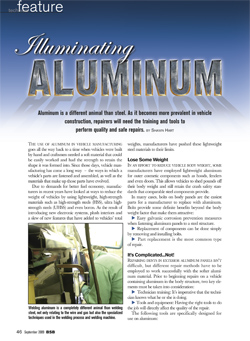
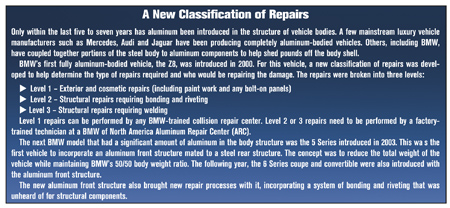
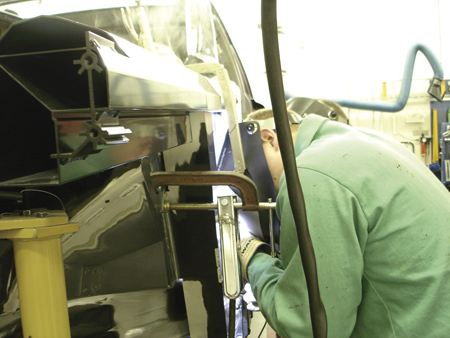
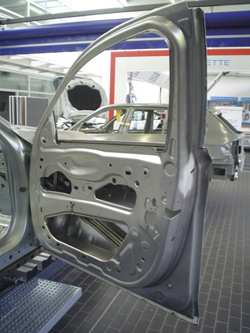
Shawn Hart has been a part of the collision repair industry for more than 16 years. After attending Ferris State University in Michigan and graduating in 1997 with a Bachelor of Science degree in Automotive Management and an Associate of Applied Science degree in Collision Repair, he went to work for Toyota Motor Sales USA. While there, he worked as a corporate trainee, quality engineer in the Body Group and collision repair training instructor. He joined BMW of North America, LLC in July 2003 as the new senior body and paint training instructor/curriculum developer. He can be reached at [email protected].

